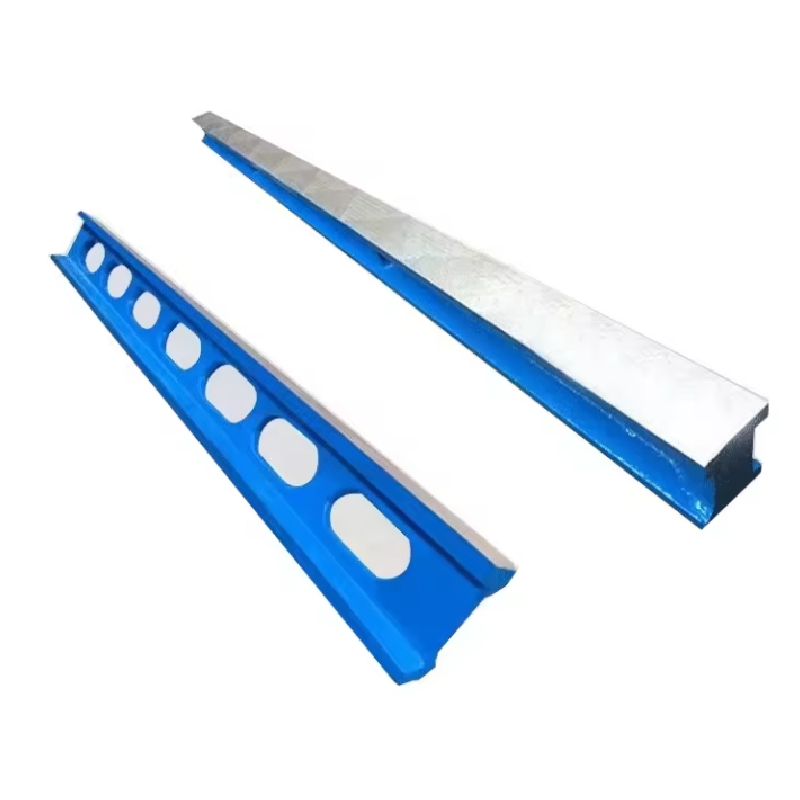Жел . 15, 2024 17:58 Back to list
thread per inch gauge
Understanding the Thread per Inch (TPI) Gauge
In the world of mechanical engineering and manufacturing, precision is paramount. One of the critical factors that contribute to this precision is the threading of fasteners and other components. Among the various measurements used in this field, the thread per inch (TPI) gauge plays a significant role. Understanding what TPI is, its importance, and how to effectively use a TPI gauge can help ensure quality and accuracy in your projects.
What is Thread per Inch (TPI)?
Thread per inch (TPI) refers to the number of threads that exist within a one-inch length of a screw or bolt. It is a standardized way to measure the density or coarseness of the threads. For example, if a screw has a TPI of 12, it means there are 12 threads in a one-inch length. The higher the TPI, the finer the thread, and vice versa. TPI is an essential specification in the design and fabrication of threaded components, impacting their compatibility, strength, and intended applications.
The Importance of TPI
Accurate measurement of TPI is crucial for several reasons
1. Compatibility Different machines and tools often rely on standardized threads. Using components with mismatched TPI can lead to improper fits, which may compromise the structural integrity of assemblies.
2. Assembly Efficiency Knowing the correct TPI allows for quicker assembly and disassembly processes. Fasteners with the wrong TPI can lead to delays and frustration during assembly tasks.
3. Strength The TPI can influence the tensile strength of a threaded joint. Generally, coarser threads (lower TPI) tend to be stronger but may not hold as tightly under certain conditions compared to finer threads (higher TPI). Thus, choosing the right TPI is essential for ensuring that the joint can withstand the anticipated loads.
4. Application-Specific Needs Certain applications may require specific TPI values based on factors like vibration resistance, material compatibility, and environmental conditions. Understanding the relationship between TPI and these factors can lead to better design choices.
thread per inch gauge

How to Use a TPI Gauge
A TPI gauge is a tool designed to accurately measure the TPI of a threaded component. Using a TPI gauge is relatively straightforward, but it requires meticulous attention to detail to ensure accuracy. Here's how to use one effectively
1. Select the Right Gauge TPI gauges come in various forms, from simple thread pitch gauges to more complex digital models. Ensure you select a gauge that can accommodate the size and type of thread you are measuring.
2. Align the Gauge Take the component whose TPI you wish to measure and place it alongside the gauge. Ensure that the gauge is aligned parallel with the threads. Misalignment can lead to erroneous readings.
3. Count the Threads The TPI gauge will usually have markings indicating different TPI values. Slide the gauge along the thread until you find a set of threads that match up perfectly with the markings. Count the number of threads that span one inch utilizing the gauge to determine the TPI accurately.
4. Read the Measurement Once you’ve aligned the gauge correctly, read the TPI value indicated. Make sure to double-check your measurements, as an error in TPI can lead to significant issues in applications.
5. Document and Refer Record your measurements for future reference and ensure that they are included in any technical documentation or specifications for the project.
Conclusion
Understanding and measuring thread per inch (TPI) is an essential skill for engineers, machinists, and technicians involved in the assembly and manufacturing of threaded components. The TPI gauge is a valuable tool that enables precise measurements, ensuring compatibility, strength, and efficiency in applications. With a firm grasp of TPI and its implications, professionals can enhance their work quality and contribute to the overall success of their projects. Whether you're an experienced engineer or a newcomer to the field, mastering TPI measurement can open doors to improved craftsmanship and engineering excellence.
-
Why Metric Trapezoidal Thread is Ideal for Precision Motion ControlNewsAug.05,2025
-
The Unique Properties of a Block of Granite for Industrial UseNewsAug.05,2025
-
The Role of Flanged Y Strainers in Preventing Pipeline ClogsNewsAug.05,2025
-
The Importance of Regular Calibration for Master Ring GagesNewsAug.05,2025
-
How a Cast Iron Surface Table Enhances Accuracy in ManufacturingNewsAug.05,2025
-
Comparing Different Check Valve Types for Optimal Flow ControlNewsAug.05,2025
Related PRODUCTS









